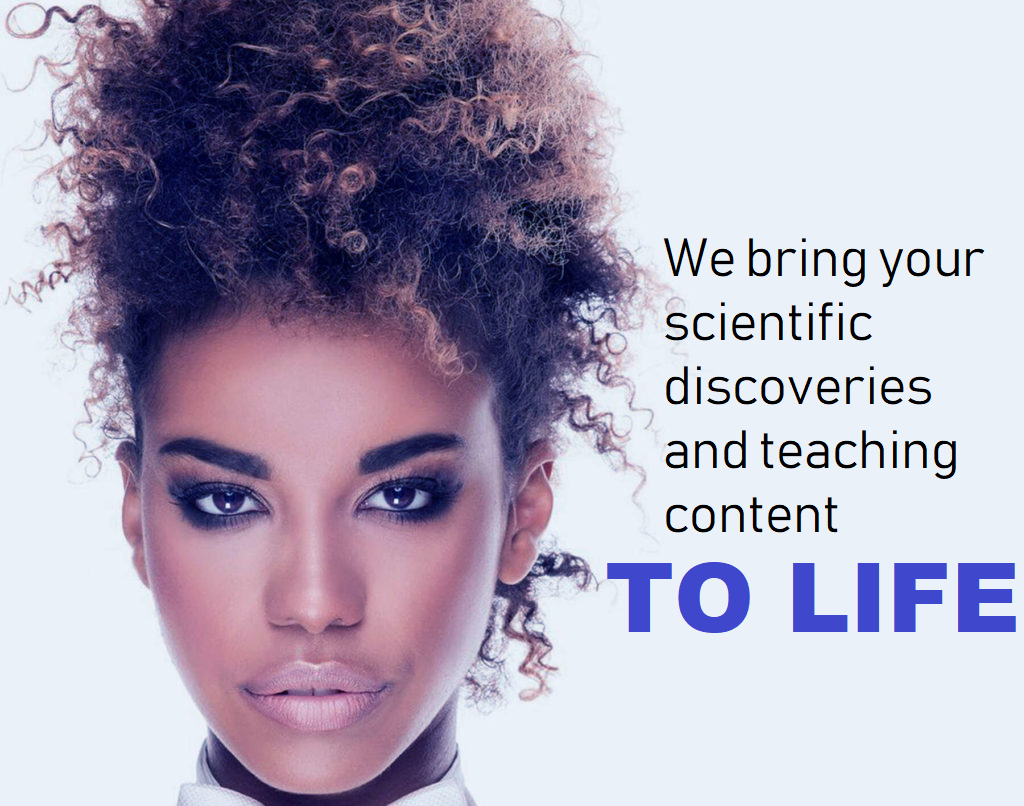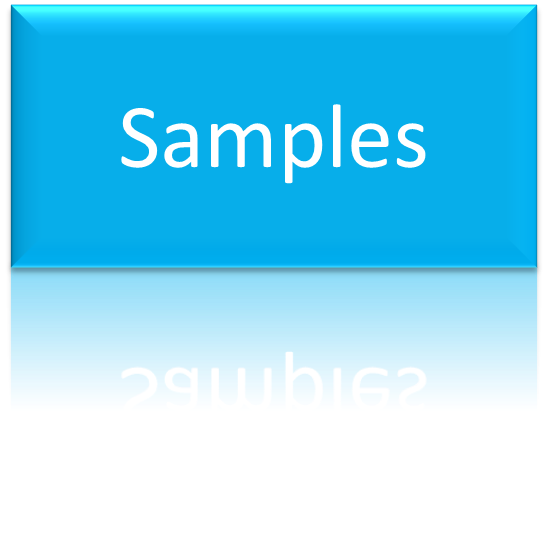to 3D4scientists.com
Is someone’s image, was that person a politician, businessman, celebrity or even a professional like a SCIENTIST, at all important?
The answer might surprise you
Dr. Damaris AM Foping,
US Scholar, Scientist and Entrepreneur – Marketing Director
According to experts, the answer to that question is yes because of something called perceptual decision-making, something we are all subjected to. Perceptual decision-making is a complicated term pointing to the fact that a decision made concerning a given scientist, can in some cases be driven by the perception that the decision-maker (a stakeholder for instance) can have concerning that scientist. Yes, it has been documented that decisions are often made based on perceptions that are created by what is seen, touched, and experienced.
Have you ever wondered what image you project (in the scientific community/the world)? It’s a fact, a scientist’s number and caliber of publications play a key role as most decision-makers (stakeholders) rely on data when it comes to making a decision; fact remains that data can be presented and interpreted in various ways leading to various sets of perception. It is for these reasons that we believe that as a scientist, caring for and even sharpening one’s image, something many might mistake for vanity or something unimportant is a must.
Scientists are very powerful individuals who trapped in all sorts of noble pursuits unfortunately neglect this vital aspect. Helping close this gap by helping them manage their public image was it in the virtual world (by creating and maintaining their blog) or during various meetings and gatherings is the mission of our agency.
OUR DEMO
Concerning one of our services, 3D animation of scientific events
Creativity, imagination, and visualization are at the very core of research and discovery. Experts have established that when we visualize a problem or concept, we activate a completely different part of our brains than when we use language or words alone – resulting in better, more in-depth communication and assimilation and therefore performance. Scientific animations have been documented for their revolutionary effect on the human mind, improving the way we process and utilize information. Have you ever considered adding 3D animations to your lab routine, including brainstorming and collaboration, or for communicating your group’s contributions to science or even your own research interests?
Why not give it a try today?




